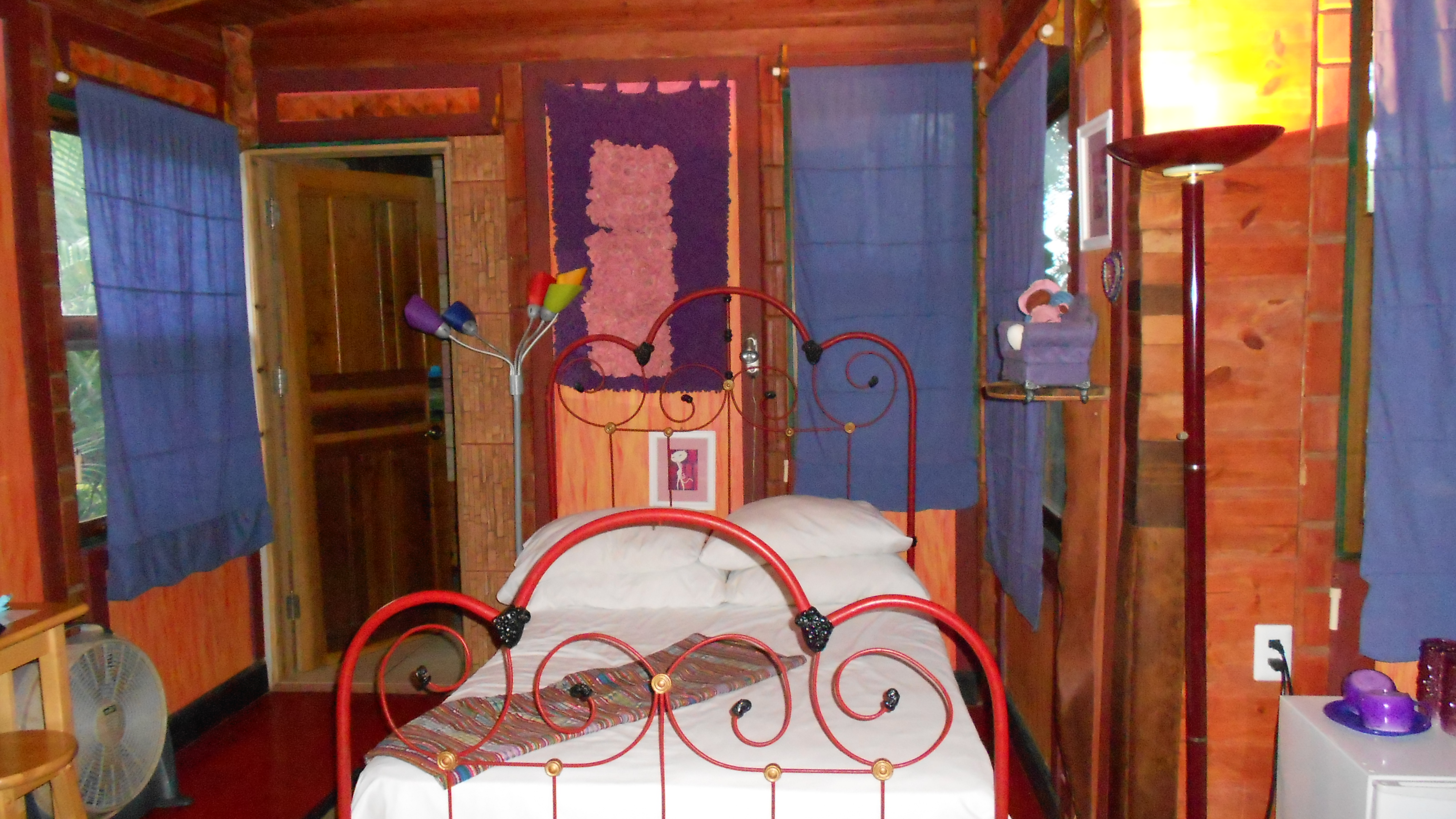One good thing about moving, especially after nearly a decade in the same apartment, was taking that inevitable trip down memory lane of forgotten items. What to keep, recycle, trash and donate.
I unearthed a lot of teaching materials that could have been either donated or recycled, depending on whether it was something that I’d originally created or bought and what condition it was in. The only teaching material that had originally stumped me was my favorite math manipulative.
I had two briefcases of this manipulative, which I used to teach perimeter, area, surface area, volume, equations, team building, and as a reward to students who’d finish their work a few minutes early. For this manipulative, where simple geometric shapes to the most complex structures could be created, I knew I couldn’t just drop it off at my neighborhood Goodwill.
Initially, I ran through a mental checklist of all the teachers who I knew. I drew a blank for math teachers who I knew years ago. The other teachers who I was currently friends with didn’t teach math, but I figured I could get a recommendation from them to gift it to a creative math teacher, but even that felt unsatisfying.
I set the briefcases aside and continued to go through my things, trusting that the solution would come to me. Part of the reason I’d started packing more than a month before my move-out date was to organize things in a logical manner.
Hours later, I had the perfect solution. I knew two very smart women who homeschooled their kids. As a matter of fact, I’d met their kids and knew they would undoubtedly cherish those manipulatives, as would their parents. Even the kids’ fathers loved building things. It wasn’t too much of a reach to visualize the entire family, happily unplugging from their electronic devices to “play.”
I checked my calendar and confirmed I’d planned to meet those two women a few weeks after the move. Although I would have loved to offload those materials prior to the move, the wait was worth it.
I arrived at the restaurant first and got our table. Once I sat down, I opened both briefcases for the first time in several years. Although all the materials were stored neatly in ziplock bags, they were unevenly divided between the two cases. I closed them and waited until the first of the other two women arrived to help me sort them out. Besides, I wanted whichever woman who happened to arrive first to choose which case she wanted since one was slightly bigger than the other.
Everything unfolded beautifully. The first woman who arrived assisted me in systematically inventorying the contents of both cases. Afterwards, she chose which one she wanted (the bigger of the two, of course!), and I placed the other case across the table for the second recipient who still hadn’t arrived.
Using the materials, I quickly assembled a cube. I told her that with the various length and colored struts, she could recreate the complex structure of the ball that held the structures in place. Then I set her off on her own.
When the server came by to take her drink order, she told him, “I can’t be bothered right now. I’m playing with these toys!” He and I laughed at her. I suggested she try the raspberry martini like I had since we usually had similar tastes. She readily agreed and kept playing.
At this point, the second woman arrived. I explained to her that the second briefcase was hers. I also shared how I came to gift them my favorite math manipulative. During that explanation, another server stopped by our table to inquire about the manipulatives since he was an architecture student.
The reality is, there are some possessions more meaningful than others. As much as I’d enjoyed using those manipulatives with my students, without students, they were lying dormant. I’m so happy knowing that two young families are about to spend hours of quality time creating math-based structures.

